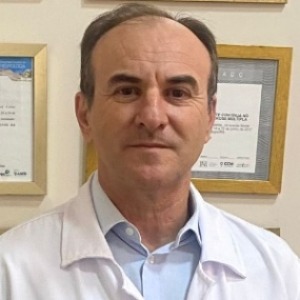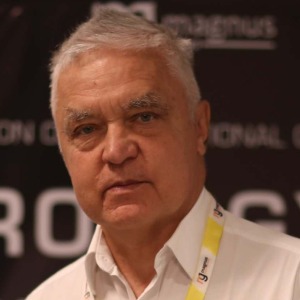Positron Emission Tomography (PET)
Positron Emission Tomography (PET) is a type of imaging modality used by medical professionals for the diagnosis and treatment of diseases. PET uses a radioactive tracer, or radiotracer, which is injected into the patient’s bloodstream to trace the activity of certain organs and tissues. The energy emitted by the radiotracer is detected by a PET scanner, which then creates a three-dimensional image of the body’s metabolism. PET is a valuable diagnostic tool because it can measure chemical activity in organs and tissues, such as the lungs, brain, heart, and other areas of the body. It is especially useful in detecting cancer and other diseases, including Alzheimer’s and neurological disorders. PET can also help doctors make treatment decisions, as the information from a PET scan can be used to determine the extent of a patient’s illness and the best course of action. PET scans are non-invasive and relatively safe. During the procedure, the patient remains awake and alert. It typically takes up to an hour for the radiotracer to become active and the scan to be complete. Once the scan is finished, the patient is released from the facility and can go about his or her daily activities. PET scans are especially beneficial when used in combination with a CT scan or MRI. This combination of tests is often used to detect and diagnose cancer. When used together, the three imaging procedures help doctors visually identify the location and size of a tumor and determine the stage of cancer.

Ken Ware
NeuroPhysics Therapy Institute, Australia
Robert B Slocum
University of Kentucky HealthCare, United States
Yong Xiao Wang
Albany Medical College, United States
W S El Masri
Keele University, United Kingdom
Jaqueline Tuppen
COGS Club, United Kingdom
Milton Cesar Rodrigues Medeiros
Hospital Santa Casa de Arapongas, Brazil




Title : Perception and individuality in patient cases identifying the ongoing evolution of Myalgic Encephalomyelitis/Chronic Fatigue Syndrome (ME/CFS)
Ken Ware, NeuroPhysics Therapy Institute, Australia
Title : Narrative medicine: A communication therapy for the communication disorder of Functional Seizures (FS) [also known as Psychogenic Non-Epileptic Seizures (PNES)]
Robert B Slocum, University of Kentucky HealthCare, United States
Title : Rabies: Challenges in taming the beast
Alan C Jackson, University of Calgary, Canada
Title : Neuro sensorium
Luiz Moutinho, University of Suffolk, United Kingdom
Title : Traumatic Spinal Cord Injuries (tSCI) - Are the radiologically based “advances” in the management of the injured spine evidence-based?
W S El Masri, Keele University, United Kingdom
Title : Personalized and Precision Medicine (PPM), as a unique healthcare model through biodesign-driven biotech and biopharma, translational applications, and neurology-related biomarketing to secure human healthcare and biosafety
Sergey Victorovich Suchkov, N.D. Zelinskii Institute for Organic Chemistry of the Russian Academy of Sciences, Russian Federation